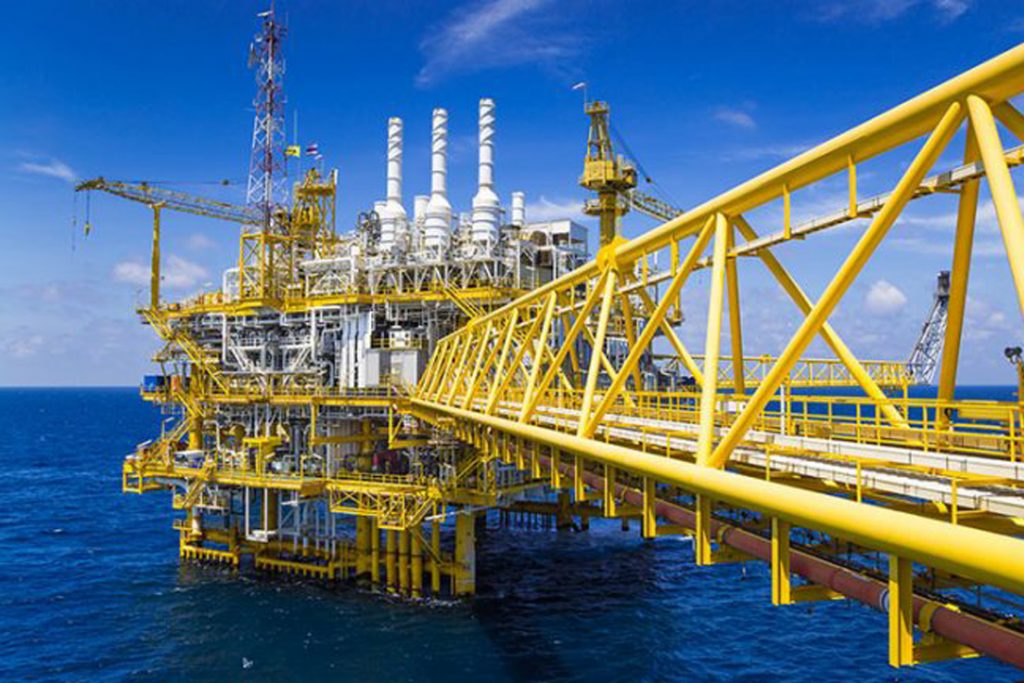How Does ‘Well Completion’ Work?

When a well has drilled, consider whether it will be turned into a producer or plug and abandoned as a dry hole. Should the operator choose to push ahead with ‘well completion‘ activities?
Well completion is the process that changes a drilled well into a delivering one. These steps include casing, perforating, gravel packing, and installing a production tree.
Casing
After a well has drilled, the casing is the initial step in completing it in case of the gap. Should the drilling fluids be removed, because, in the long run, it closes itself? The casing won’t occur while likewise protecting the water from outside forces like water or sand.
Steel pipe is used to make continuous hollow tubes, so the casing runs into it. These levels define what diameter of the ‘well casing’ will install. In casing plans, the different levels involve production casing, intermediate casing, surface casing and conductor casing.
Casing consists of two types. The first casing consists of a solid string of steel pipe. The solid case is produced if the formation is firm and will remain the same it’s whole life. Should it contain loose sand that might infiltrate the water? The casing installs with a wire screen liner that helps block the sand from entering the well-bore.
Cementing
The second step in ‘well completion’ is cementing. Pumping cement slurry is used to replace the existing drilling fluids and fill in the space between the casing and the drilled well’s actual sides.
A unique blend of added additives and cement, the slurry is left to harden, sealing from non-hydrocarbon that may attempt to enter the water, just as positioning the casing into place.
Open-Hole Completions
At the water level, mainly two types of completion methods use open-hole or cased-hole completions. An open-hole completion means drilling to the top of the hydrocarbon reservoir, and then cased it at that point and the left open at the bottom. That is also known as top sets and barefoot completions, open-hole completions helps to reduce the cost of the casing where the reservoir is reliable and famous among the people.
Perforation
Cased-hole completions need that casing to run into the reservoir. The case and cement are perforated to allow the hydrocarbons to enter into the water.
In this process, they run a perforation gun. A reservoir locates the device into the well-bore through a wire-line, slack-line, or coiled tubing. When the water level has reached the targeted point, the gun shoots holes in the sides of the well to allow the hydrocarbons to enter the water. The perforation can function through shooting bullets into the hands of the casing or by releasing planes, or shaped charges, into the case.
While boring logs have previously characterized the perforation areas, those intervals can’t perfectly settle through the casing and cement. A gamma ray-collar correlation log implements to correlate with the initial log run and define the locations where the perforation is required.
Gravel Pack
Some wells need filtration systems to keep their water clear of sand. Additionally, running a casing with a liner, gravel packing protects the sand from entering in water.
That is more complicated than cement. Sand packing requires a slurry of suitably measured bits of coarse sand or rock to pump into it between the casing’s opened liner and the well-bore’s sides. The coating and the rock pack’s wire screens cooperate in sifting through the sand that may have any case enter in the water with the hydrocarbons.
Production Tree
The last step wellhead installs at the surface of the well. More often than not, it is known as a creation tree or Christmas tree. The device includes casing heads and a tubing head joined to give surface control of the well’s subsurface states.
Production trees finish both onshore and offshore wells that can complete by two distinct types of trees: dry and wet trees. It is like onshore production trees; dry trees are introduced over the water’s surface on the deck of a platform or facility and join the well underneath the water. On the other hand, wet trees are installed on the seabed and encased in a solid steel box to protect their valves and gauges. The wet tree connects through electronic or hydraulic settings controlled from the surface or through ROVs.
Furthermore, wells may have production flowing out of various reservoir levels. It requires numerous completions, which keep the show separate. Double-wing trees install on multiple reservoir levels.
Besides, completions have evolved to join down-hole sensors that measure flow properties, such as rate, weight and gas-to-oil proportion. It is known as shrew wells or savvy wells. This completion helps to accomplish ideal creation rates.
Also Read: 5 Methods that can make Fracking Cleaner
